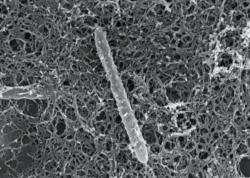
A bug discovered deep in a goldmine and nicknamed "the bold traveller" has got astrobiologists buzzing with excitement. Its unique ability to live in complete isolation of any other living species suggests it could be the key to life on other planets.
A community of the bacteria Candidatus Desulforudis audaxviator has been discovered 2.8 kilometres beneath the surface of the Earth in fluid-filled cracks of the Mponeng goldmine in South Africa. Its 60 °C home is completely isolated from the rest of the world, and devoid of light and oxygen.
Dylan Chivian of the Lawrence Berkeley National Laboratory, California, studied the genes found in samples of the fluid to identify the organisms living within it, expecting to find a mix of species. Instead, he found that 99.9% of the DNA belonged to one bacterium, a new species. The remaining DNA was contamination from the mine and the laboratory.
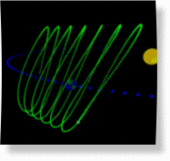
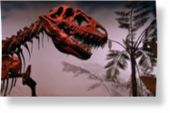

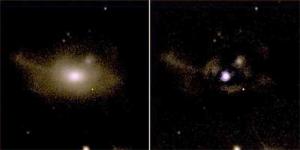
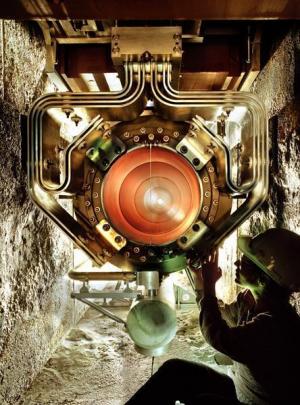
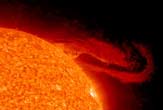



Comment: There is ample evidence that when we are bombarded by meteorite/s, there has been noted "fogs", "ill smelling fumes" and such. It could just be possible that not only was the sun blotted out for many months - years even - but there were also foreign bacteria and viruses being strewed about making the dinosaurs sick enough to die.
And maybe the predators were also ingesting the diseases from those they ate who were infected.